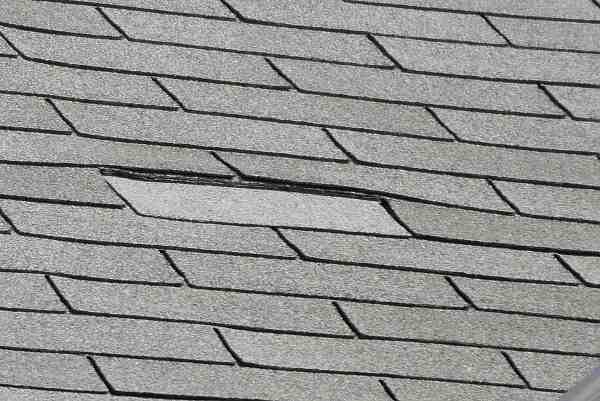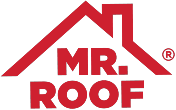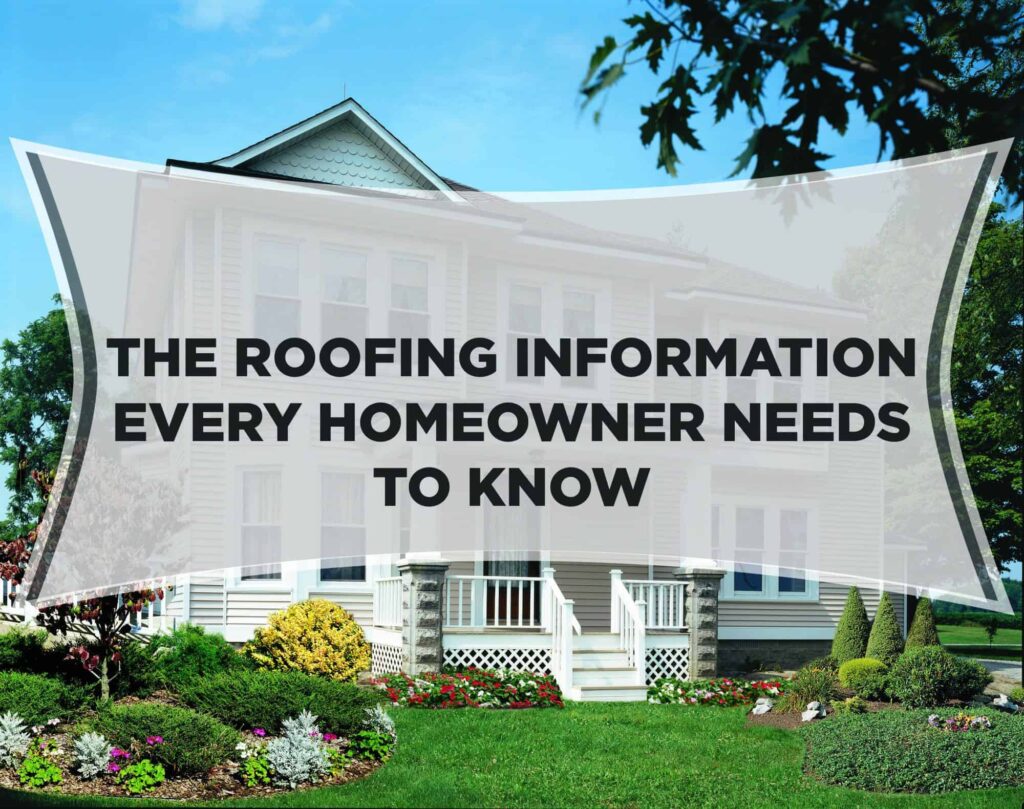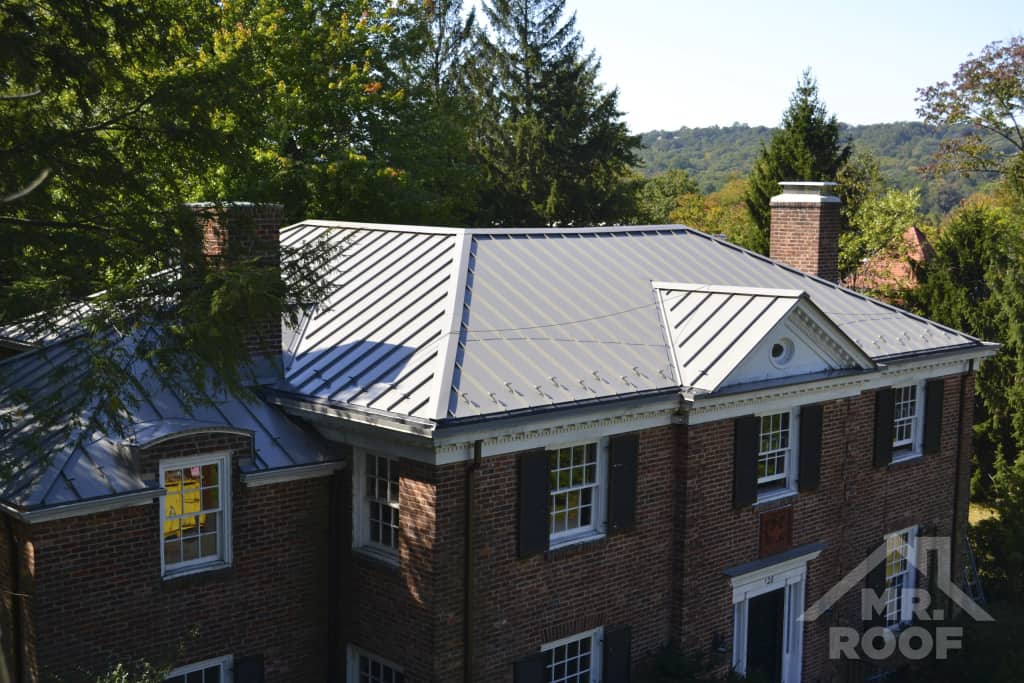A home is only as good as its roof. Roofs that leak, are badly insulated, or are otherwise defective can make an otherwise delightful home into a terrible place to live. When buying a home for the first time, there are certain things all homeowners should know: how to recognize water damage, how energy efficient will it be, what algae on a roof looks like, and how old can a roof get before it needs replacement or repair.
Warning Signs
When consider buying a home, one of the most important elements to look at is the roof. Whenever possible, hire a professional roofer to inspect the roof for you. This will remove any guesswork about the condition of the roof and inform you of any problems up front. If you choose not to hire a professional, there are some signs you can look for yourself:

- Damaged or missing shingles. This is an obvious sign, and while it may look very bad, it is not necessarily a deal breaker. If there is no underlying damage, shingles are relatively cheap and easy to replace.
- Sagging. This can be a sign of several things: water damage, dry rot, improper installation, bearing too much weight, etc. Depending upon the cause, a sagging area of roof could mean a costly replacement is necessary.
- Moss or algae. Moss growing on the roof can shorten the lifespan of the roof, but algae are relatively harmless, causing mostly visual changes but no real damage.
Cost of Repairs or Replacement
If you decide to buy a home with a damaged roof, you will eventually (and maybe sooner than you think) have to pay to have your roof repaired or replaced. Even if your roof is not damaged when you buy the house, the average lifespan of a roof varies widely depending upon climate and roofing material. Be certain to ask for the age of the roof before you buy a house.
Repairing a roof most often runs between $150 and $2,000. The exact cost will be determined by your location, the amount of the roof in need of repair, the roofing materials to be used, and other variables. Replacing a roof factors even more things into the cost:
- Size of the roof.
- Pitch or slope. The steeper the roof, the greater the safety hazard and the more expensive it will be.
- Type of roof needing to be removed and the number of layers to it. Heavier materials take longer to remove and thus will increase the price.
- Type of new roofing. Different types of roof material vary widely in price.
- Installed components of the roofing system. More goes into a roof than shingles. Insulation, ventilation, underlayment and decking materials, etc. will all affect the cost.
- Difficulty of roof access. If the workers have a hard time gaining access to your roof it will increase the price.
- Warranty on the roof. Depending upon what type of warranty you want, additional steps may need to be taken during construction, slowing down the work and increasing the final price.
There are other elements that may need investigation when checking a roof, like the type of lumber for the rafters, quality of sealant, and counter-flashing. Be sure to speak with a knowledgeable roofer before signing the contract to ensure your new home has a stable roof.










